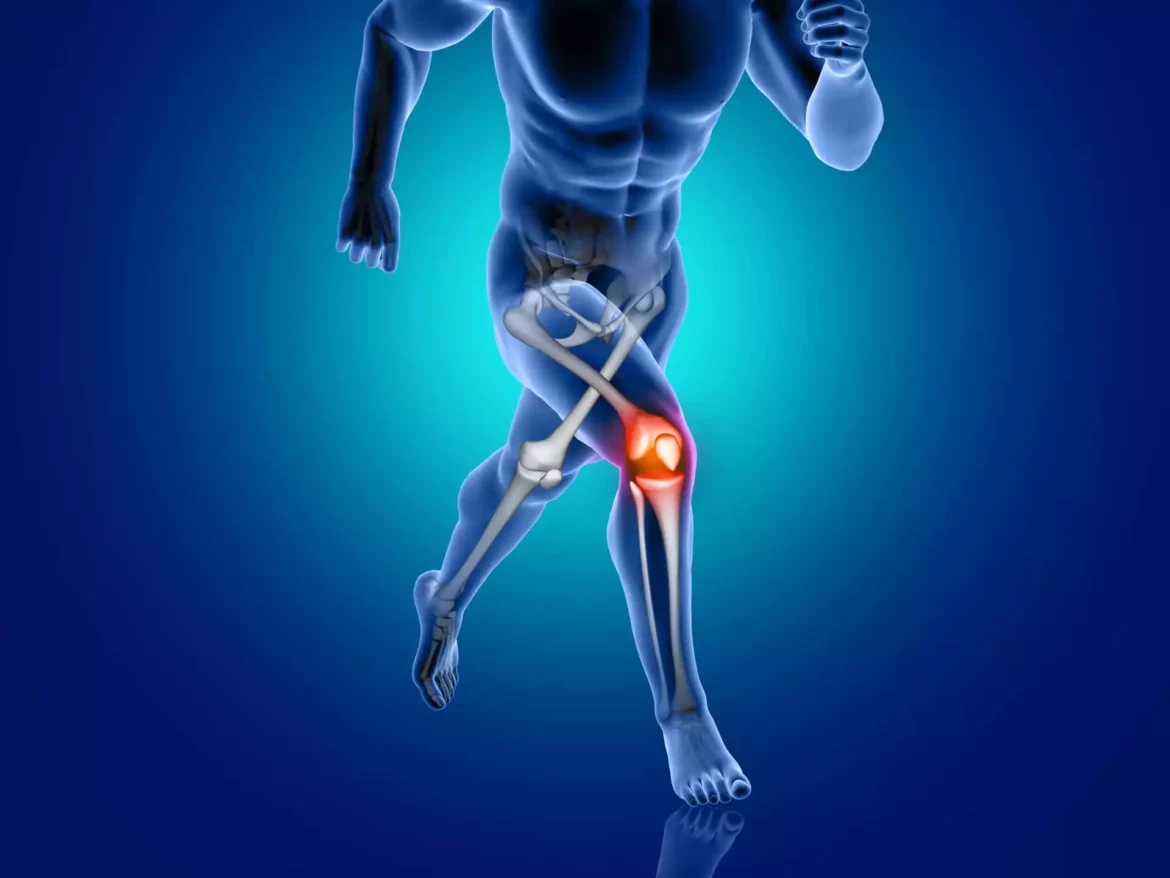This time we take a closer look at one of the most severe traumatic knee injuries that you can suffer while playing padel.
Ligament injuries
The ligaments of the knee are connective tissue structures that connect one bone to another and are therefore subjected to great forces, both tensile and torsional.
Their fundamental function is to maintain the stability of the joint and there are 3 degrees of injury: strain, partial tear, or complete tear. We will classify the ligaments of the knee into 2 types:
- Extra-articular: Internal Lateral Ligament (ILL) and External Lateral Ligament (ELL).
- Intra-articular: Anterior Cruciate Ligament (ACL) and Posterior Cruciate Ligament (PCL).
The MECHANISM OF INJURY of ACL and/or ICL pathology is usually after a “bandeja” in suspension or in a race where we try to brake and/or make a sudden change of direction while the foot is still resting on the ground.
This is when a valgus rotation and torsion of the knee can occur, becoming so extreme that the ligament does not resist, and the injury occurs.
Another way of rupture would be following blunt forceful trauma to the lateral side of the knee while the foot is resting on the ground, which causes valgus and hyperextension of the knee.
When both ligaments are torn and, in addition, there is a tear of the internal meniscus, we would have the famous ‘O’Donoghue’s Triad’ so feared by any athlete.
Regarding the pathology of PCL, it arises as a result of a major trauma to the anterior aspect of the tibia with the knee flexed.
In the case of ELL, it would be due to direct blunt force trauma to the medial aspect of the knee while the foot is resting on the ground, resulting in excessive varus.
Both injuries are rare in padel.
As for the SYMPTOMS, they would be pain, inability to support and ambulation, accompanied by a crunching sensation and a clear gesture to give up the competition on the part of the player as he/she senses the seriousness of the injury. This results in a significant joint effusion of rapid appearance.
The DIAGNOSIS is clinical in the first instance, and the joint fluid must be drained in the emergency department, which is sometimes bloody (haemarthrosis), which correlates with an ACL rupture in 70% of cases.
After a few weeks, an MRI of the knee would be essential for a definitive diagnosis.
TREATMENT of a knee sprain would initially be conservative with immobilisation for the first few days and anti-inflammatory medical treatment. In cases of rupture, whether partial or complete, it is important to consider surgery if the instability is significant.


